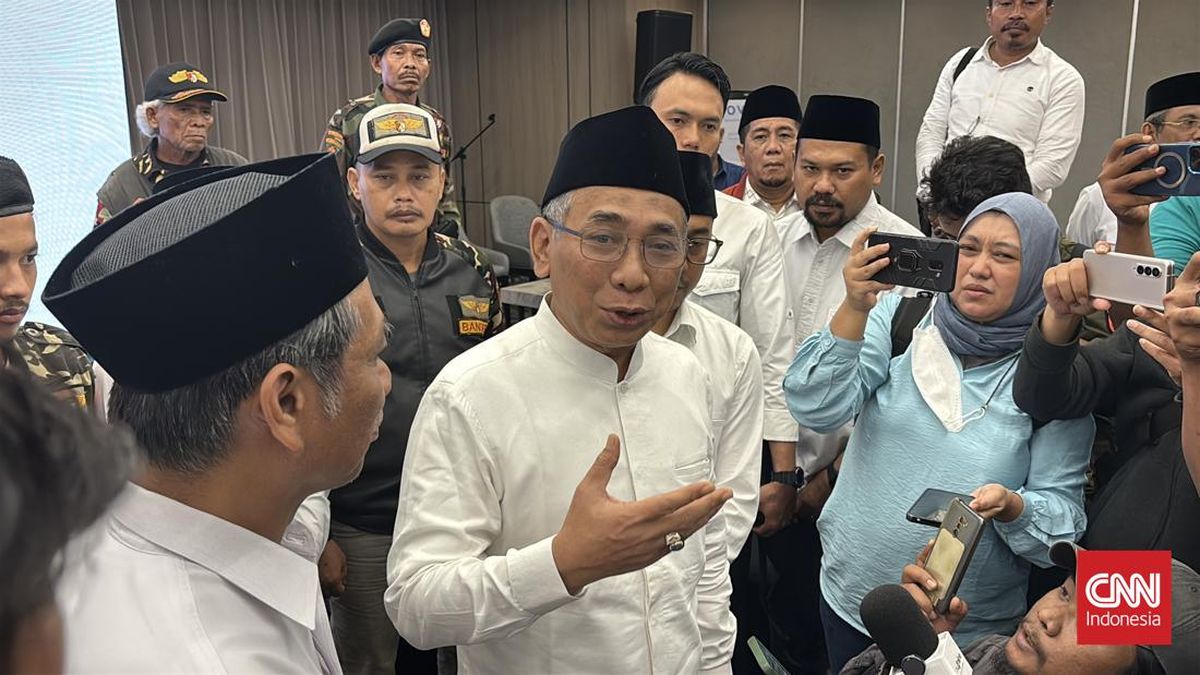Cambodia and Thailand agree to ceasefire after days of deadly clashes
We’re sorry, this feature is currently unavailable. We’re working to restore it. Please try again later.
Singapore: The leaders of Cambodia and Thailand have agreed to a ceasefire after five days of fighting that has claimed at least 35 lives, including civilians, and displaced more than 100,000 people on each side of the disputed borderlands.
US President Donald Trump is likely to claim the truce as a personal diplomatic victory after phone calls to both prime ministers on the weekend warning that continued hostilities would hurt their negotiations with his administration over tariffs.

Cambodia’s Prime Minister Hun Manet, (centre) speaks during a press conference on Monday. He is flanked by Malaysia’s Prime Minister Anwar Ibrahim and Thailand’s acting Prime Minister Phumtham Wechayachai.Credit: AP
As fighting continued in the border provinces on Monday – more than a day after Trump’s demands for it to stop – Cambodia’s Prime Minister Hun Manet and Phumtham Wechayachai, Thailand’s acting prime minister, flew to the neutral ground of Malaysia, this year’s chair of the Association of Southeast Asian Nations (ASEAN).
They emerged from Malaysian Prime Minister Anwar Ibrahim’s residence in Kuala Lumpur after almost two hours having secured an “immediate and unconditional” ceasefire.
Both countries blamed the other for the fighting, which started on Thursday after almost two months of escalating rhetoric following a border skirmish on May 28 that left a Cambodian soldier dead.

A Cambodian military truck on the Cambodian side of the Thai border on Monday.Credit: AP
Thailand has accused Cambodia of breaching Geneva Conventions by firing heavy artillery at non-military targets, killing civilians, including children.
Cambodia denied the claim and hit back with allegations that Thailand had dropped illegal cluster bombs. Thailand responded that it was not a party to the convention covering cluster munitions.
The dispute, which is multi-generational with roots in colonial-era mapping, centres on the ownership of several ancient temples and strategic sites along ambiguous sections of the 800-kilometre border.
Most Viewed in World
Loading


















































